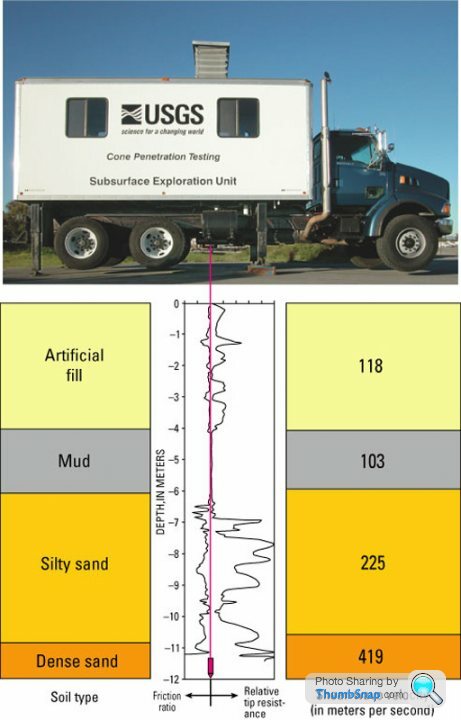HGV with excavator tracks
Discussion
I was travelling on the motorway and noticed a hgv travelling in the opposite direction with a box body on and a set of excavator tracks between the wheels. I’ve seen the dual purpose vehicles whereby they can travel on road or rail but haven’t come across this set up before. Can anyone enlighten me as to what these are used for?
The vehicle in question was a red and yellow MAN TGM about an 18 tonner size. Thanks.
The vehicle in question was a red and yellow MAN TGM about an 18 tonner size. Thanks.
a box body - yep
set of excavator tracks between the wheels -yep
a red MAN - yep, well a shade of red
about an 18 tonner size -who knows
was it Captain Scarlet in his SPV?
https://mikepigottsdiecasttoysandmodels.wordpress....
set of excavator tracks between the wheels -yep
a red MAN - yep, well a shade of red
about an 18 tonner size -who knows
was it Captain Scarlet in his SPV?
https://mikepigottsdiecasttoysandmodels.wordpress....
Wikipedia can explain the technical side better than I can:
https://en.wikipedia.org/wiki/Cone_penetration_tes...
Basically this is necessary when assessing a new build site to determine the load-bearing characteristics of the layers of soil underneath. Based on this they determine what kind of foundation will be necessary to support the building ontop: for example building on concrete poles which reach onto a deeper denser layer or needing a cellar underneath the structure to keep it from sinking away in unstable top layers. Smaller damage to a building could be cracks in the facade, floors, plaster...
The architect gives his building plan together with the results of the soil testing to a geotechnical engineer who determines the type, location en dimensions of the foundation. For a house this could be pretty straightforward, but when you want to build a plant at the edge of a waterway that utilises steel-forming presses with 100's tonnes of dynamic forces it needs proper engineering!

https://en.wikipedia.org/wiki/Cone_penetration_tes...
Basically this is necessary when assessing a new build site to determine the load-bearing characteristics of the layers of soil underneath. Based on this they determine what kind of foundation will be necessary to support the building ontop: for example building on concrete poles which reach onto a deeper denser layer or needing a cellar underneath the structure to keep it from sinking away in unstable top layers. Smaller damage to a building could be cracks in the facade, floors, plaster...
The architect gives his building plan together with the results of the soil testing to a geotechnical engineer who determines the type, location en dimensions of the foundation. For a house this could be pretty straightforward, but when you want to build a plant at the edge of a waterway that utilises steel-forming presses with 100's tonnes of dynamic forces it needs proper engineering!

Gassing Station | Commercial Break | Top of Page | What's New | My Stuff





